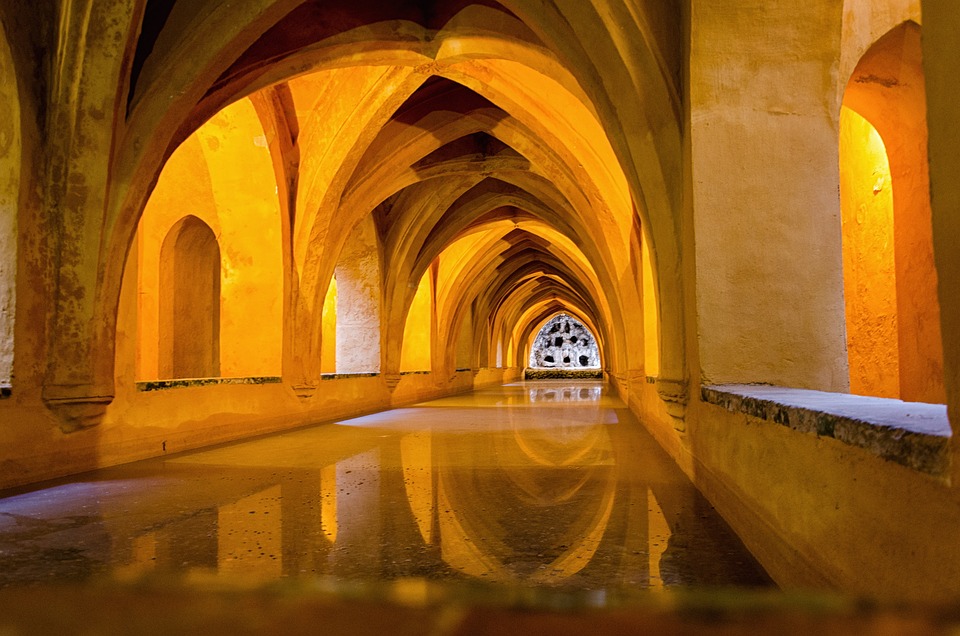Introduction
Torremolinos, a vibrant coastal town in the sunny region of Andalusia, Spain, is known for its stunning beaches and vibrant nightlife. However, beneath the surface lies a rich cultural and historical heritage that is waiting to be discovered. In this article, we will delve into the hidden treasures of Torremolinos, from ancient ruins to captivating museums, allowing you to truly appreciate the diverse history and culture of this remarkable town.
The History of Torremolinos
Settled since ancient times, Torremolinos has witnessed the rise and fall of various civilizations. Its origins can be traced back to the Phoenicians and Romans, who left behind significant ruins and artifacts that still exist today. During the Middle Ages, the town served as a defense outpost against piracy along the coast. In the 20th century, Torremolinos experienced a transformation from a quiet fishing village into a popular tourist destination.
The Roman Ruins of Torremolinos
One of the most captivating aspects of Torremolinos is its Roman ruins. In the midst of its bustling streets, you will stumble upon the remains of a Roman fish salting factory, known as the Roman Baths of Torremolinos. Walk through the well-preserved ruins, which include various chambers and corridors, and imagine how this once bustling industrial site operated in ancient times.
The Cultural Center Pablo Ruiz Picasso
Named after the renowned Spanish artist, the Cultural Center Pablo Ruiz Picasso is a must-visit destination for art enthusiasts. Located in the heart of Torremolinos, the center houses an impressive collection of contemporary and modern art. Explore the diverse exhibits, which often showcase the works of local artists, and gain a deeper understanding of the artistic talent that thrives in this region.
La Carihuela
La Carihuela, a charming fishing district in Torremolinos, offers a glimpse into the town’s fishing heritage. Take a stroll along its narrow streets and discover traditional fishermen’s cottages, now transformed into seafood restaurants and quaint shops. Enjoy fresh catch-of-the-day dishes at one of the many restaurants overlooking the picturesque promenade. In the evenings, the district comes alive with live music and the enticing aroma of grilled seafood.
The Castillo de Santa Clara
Rising majestically above the coastline, the Castillo de Santa Clara is an iconic fortress that dates back to the 17th century. Originally built as a defensive structure against pirate attacks, it now serves as a cultural center and exhibition space. Explore the castle’s ramparts and enjoy panoramic views of the Mediterranean Sea. Marvel at the exhibitions showcasing local art and artifacts, which provide a window into Torremolinos’ past.
FAQs Section
Is Torremolinos a popular tourist destination?
Yes, Torremolinos is a popular tourist destination, especially during the summer months. Its beautiful beaches, vibrant nightlife, and rich cultural heritage make it an attractive choice for travelers.
Can I visit the Roman ruins in Torremolinos?
Yes, the Roman ruins of Torremolinos are open to visitors. You can explore the ancient fish salting factory and gain insight into Roman industrial practices.
How can I get to Torremolinos?
Torremolinos is conveniently located just a short drive from Malaga Airport. You can also reach it by train or bus from Malaga.
What other attractions are there in Torremolinos?
In addition to its cultural and historical treasures, Torremolinos offers stunning beaches, a lively nightlife scene, and a variety of water sports activities. The town also boasts beautiful parks, shopping centers, and delicious cuisine.
Is Torremolinos family-friendly?
Yes, Torremolinos is a family-friendly destination. Its beaches have amenities for children, including playgrounds and lifeguards. Many restaurants and hotels cater specifically to families.
